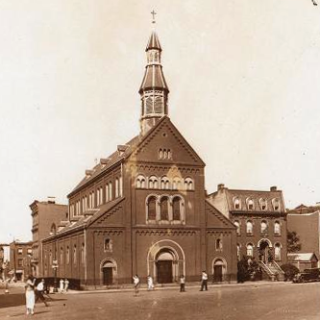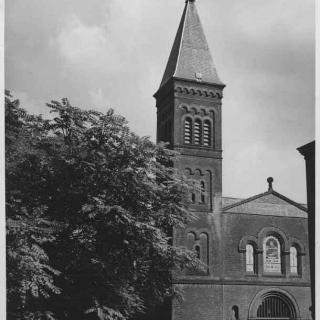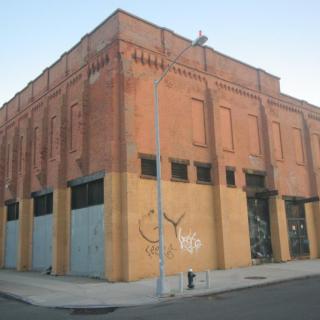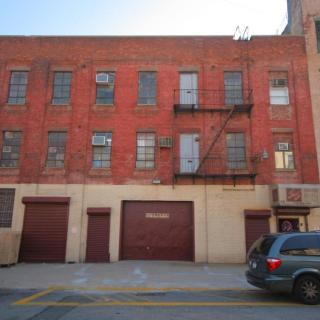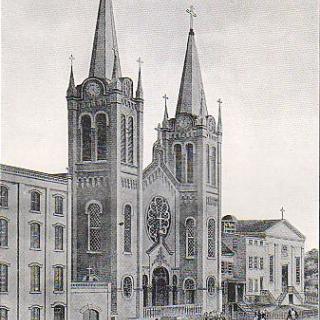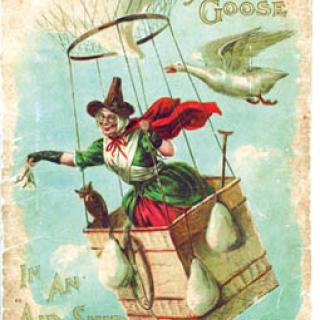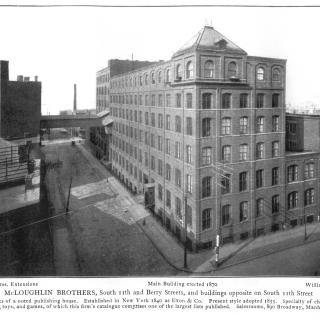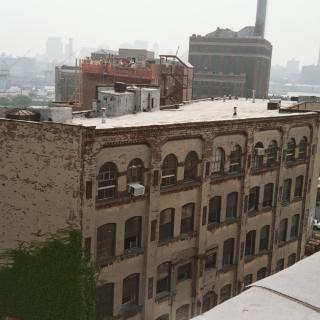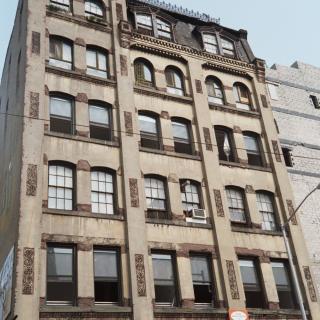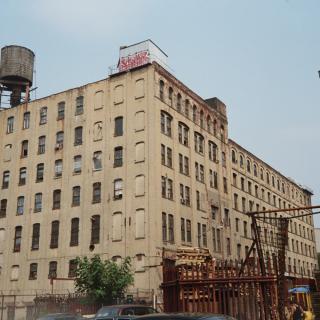New Entries
Person
Son of David Acker, George worked with his father's firm David Acker & Son until about 1897. From 1897 to 1900, George's offices were located at 782 Broadway and 148 Grove Street, Brooklyn.
Article
The Church of the Annunciation of the Blessed Virgin Mary is the centerpiece of a fine complex of buildings located at North 5th Street and Havemeyer Street in Williamsburg. According to the "AIA Guide to NY", the church was designed by F. J. Berlenbach, Jr. and completed in 1870. But for a number of reasons, this attribution is not possible. Berlenbach can be documented as the architect of the convent and school on the west side of Havemeyer. But the design of the church – a Lombard basilica – does not appear to be from the same hand that gave us the High Victorian Gothic school and convent. Furthermore, in 1870, F. J. Berlenbach, Jr. was only 13 years old.
Article
St. Paul’s Evangelical Lutheran Church is located on the corner of South Fifth Street and Rodney (formerly Ninth) Street in the Williamsburg section of Brooklyn. The complex of buildings, which includes the Church, Sunday School and Parsonage, were constructed in 1884-85 to the designs of J. C. Cady & Company. The buildings were designed in the Romanesque style and constructed of Holland and Philadelphia brick with terra cotta and brownstone trim.
Article
Municipal Electric was formed in 1884 to electrify Williamsburg and provide street lighting. The company constructed three power plants in the area - Ainslie Street, 308 Penn Street (right) and South 5th Street near Bedford. The Bedford plant was demolished at the turn of the 20th century as part of the construction of the Williamsburg Bridge. The Penn Street building and the Ainslie building both survive. What sets Ainslie Street apart, though, is the fact that was designed as a power station, not like the typical commercial building of the day (as Penn Street was).
Article
Now known as Most Holy Trinity and St. Mary*, the parish was originally founded as the German Church of the Holy Trinity in 1841. It was the first National parish in the Brooklyn diocese, and the second Catholic parish in Williamsburg (Sts. Peter and Paul being the first). It was also the mother church for a host of other German parishes over time.
Article
At the turn of the 20th Century, south Williamsburg was home to at least two of the country's largest printing houses. The larger of these was D. Appleton & Co. on Kent Avenue between Hewes and Penn Streets; the building was taken down for the construction of the BQE. The second publisher - McLoughlin Brothers - was located on South 11th Street between Wythe and Berry.
Pagination
- Previous page
- Page 201
- Next page

